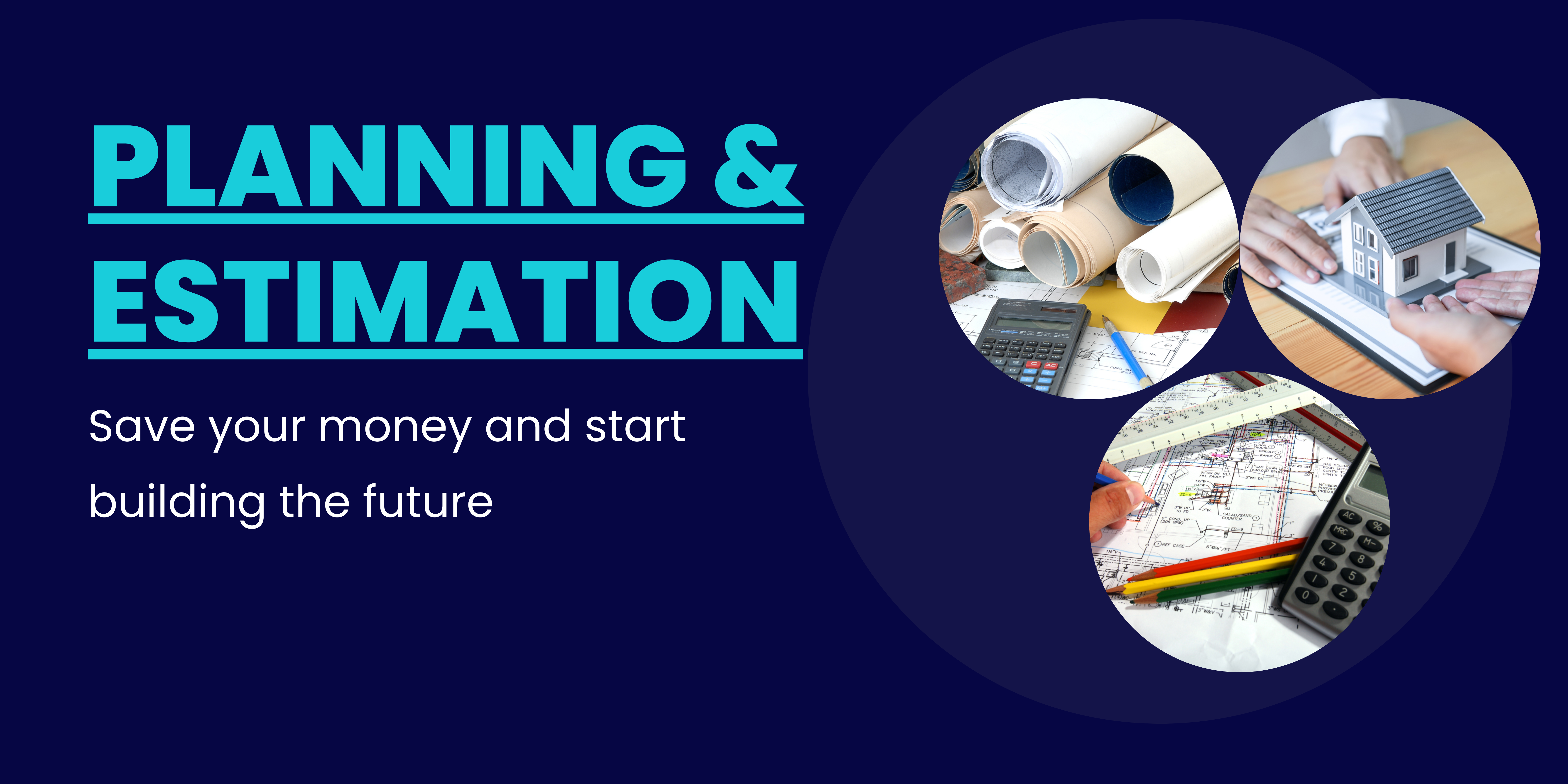
Planning & Estimation
Planning and estimation are crucial components of any successful project. Whether you’re launching a new product, developing a software application, or executing a marketing campaign, effective planning and estimation can make the difference between success and failure.
In this guide, we’ll explore the key concepts of planning and estimation, including:
Defining the scope: Clearly defining the scope of your project is essential for effective planning and estimation. This includes identifying the project’s objectives, deliverables, and constraints.
Identifying resources: Once you’ve defined the scope, you’ll need to identify the resources required to complete the project. This includes human resources, such as team members and stakeholders, as well as physical resources, such as equipment and materials.
Creating a timeline: A timeline is a critical component of any project plan. It outlines the sequence of tasks and milestones required to complete the project on time and within budget.
Estimating costs: Estimating costs is an essential part of project planning. This includes both direct costs, such as labor and materials, and indirect costs, such as overhead and administrative expenses.
Managing risks: Every project comes with risks, and effective risk management is essential for success. This includes identifying potential risks, assessing their impact, and developing strategies to mitigate them.
Monitoring and controlling: Once the project is underway, it’s essential to monitor progress and make adjustments as needed. This includes tracking key performance indicators, such as budget and schedule, and taking corrective action when necessary.
By following these steps, you can create a comprehensive project plan that sets you up for success. Whether you’re a project manager, a team member, or a stakeholder, understanding the principles of planning and estimation is essential for achieving your goals.




